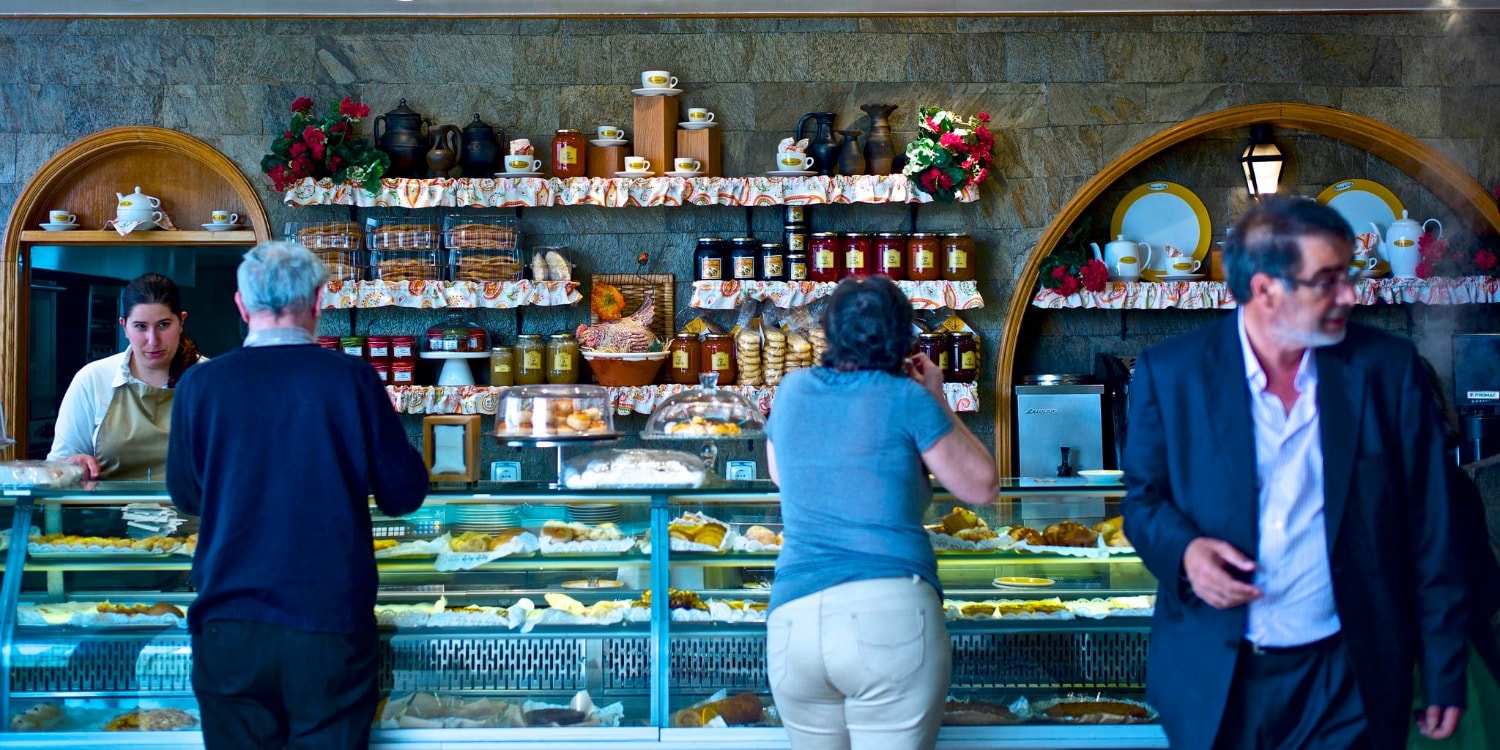Sure, at the beginning, you may have been a free-spirited artist looking to make a living off of your craft. However, the minute you decided to get serious about making money doing what you love, you began to undertake round after round of careful planning.
And when it comes to starting and implementing a loyalty plan, the same approach applies–careful planning.
Sure, you could print up some buy-nine-get-the-tenth-free punch cards–and that would certainly be a functional approach–however, you wouldn’t be making the most of today’s loyalty program technology.
With the ability to be flexible to your type of business, to assist with promoting specials, and to assist with some low-level customer relationship management, today’s loyalty programs are designed to maximize ROI in terms of cost, time, and effort, as long as you know how to structure the loyalty program in a way that’s going to benefit your business most.
Below, we’ve outlined several items to consider when setting up and running your loyalty program so you can make the most of your time while bringing back your most valuable customers more frequently.
1. Deciding punches vs. points
The first thing most people try to decide when starting a loyalty program is whether they’ll award and reward loyalty based on visits/frequency or amount spent. To choose, there’s a fairly easy rule of thumb to apply: if your store/shop is a low-ticket business, like an ice cream parlor or pizza by the slice, choose punches/frequency. If it’s more large ticket, like a clothing boutique or sports outfitter, go with points/ticket value.
2. What items should count?
Deciding what to apply credit for depends on what kind of program you have. If it’s points, this decision doesn’t matter–your program is based on ticket value. That is, unless you sell a lot of a singular high ticket item, for example, you’re the only store that sells Gucci handbags in your area and you can’t keep them on the shelf. You might want to exclude those from your loyalty program–certainly something to consider.
But when it comes to a punches/frequency program, keep it simple: choose the item you sell most and use that. It’s what brings people in, and the idea of earning more will keep people coming back.
3. What items should be offered to loyal customers?
Again, here, if you have a punch/frequency-based program, keep it simple and offer the item you sell the most. If you’d really like to treat your best customers, offer a bonus after they hit multiple multiples of however many you’re requiring for redemption–if it’s the 10th free, at 30th offer 2 free, at the 50th, pay their whole ticket (within reason). Like that.
On the other hand, if you’re a points-based program, the name of the game is value. Your best customers–those that are in a position to earn your reward–they spend a lot of money with you, and that loyalty should be rewarded. Perhaps something nice on the house from last season’s collection. Or a significant discount on their next visit. Whatever it is, don’t be cheap. These are your most valuable customers–remember to treat them accordingly.
Clover Rewards lets you create a fun, effective loyalty program within minutes. To learn more, visit the Clover App Market.






